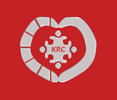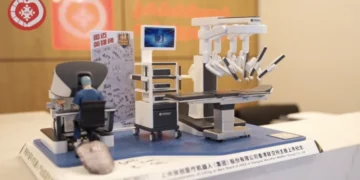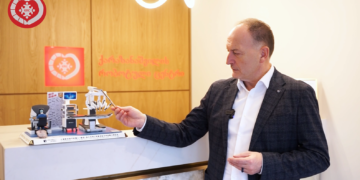The remote lithotriptor is an apparatus for remote break-down of kidney stones. During the treatment, a stone is destroyed by the pulses of a shock wave generated by the device. The location of the stone is found using X-rays and echoscopy. The pulses of the electromagnetic generator are thus aimed at the stones in the urinary tract.
The stone is crushed to become sand or is broken down into smaller fragments, which are removed from the body naturally with the urine.
The treatment is carried out in sessions. The energy level and frequency of the pulses set during an hour-long session are controlled and depend on the size and density of the stone. Before the session, the patient is given sedatives and painkillers, but in rare cases (mostly children) general anesthesia is required.
The effectiveness of remote lithotripsy depends mainly on the stone size and its chemical composition. The larger the stone, the more sessions are necessary. According to our and international statistical data, the optimal size of a stone is 20 mm. For this, on average, 1.8 sessions are required. It is possible to crush a stone of a larger size (about 40 mm), but it requires more time due to the intervals between the sessions of 7-10 days.
There are stones that cannot be destroyed in this way (calcium monohydrate). The number of such cases is approximately 3%.
In some cases, other complementary therapeutic measures are used in conjunction with remote lithotripsy.







